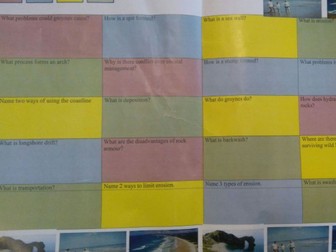How is Height shown on a map?
<p>A geography skills map concentrating on relief maps. This lesson is Harry Potter themed and uses the grounds of Hogwarts to help students to understand what countour lines are, how we use them to show differences in gradient. There a number of activities, with literacy and maths skills also incorporated.</p>
